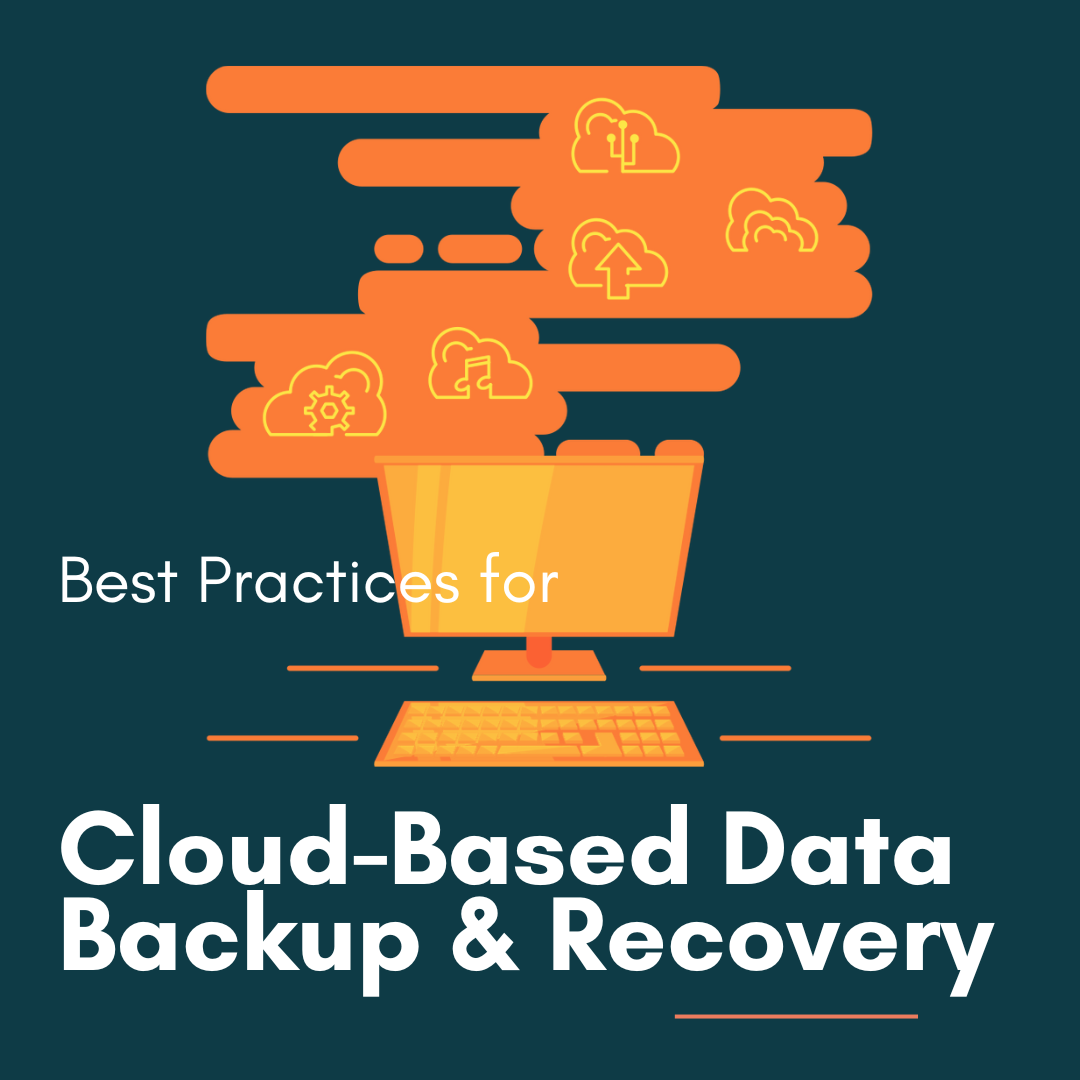Blog
Best Practices for Cloud-Based Data Backup and Recovery

Data loss can have severe consequences for businesses, making data backup and recovery practices critical for protecting valuable information. Cloud storage has emerged as a powerful tool in the fight against data loss, offering secure off-site storage and robust recovery solutions.
In this article, we will explore the best practices for developing a cloud-based data backup and recovery strategy to ensure the safety and availability of your important data.
Storage Diversity and the 3-2-1 Rule
To minimise the risk of data loss, it is crucial to have multiple copies of your data stored across different types of storage media. The 3-2-1 rule recommends having at least three copies of your data: two stored on different types of storage media, and one copy located off-site. Cloud storage is an excellent choice for off-site backups as it provides secure and reliable access to your data, even if your primary storage is compromised.
Ensuring Privacy and Security
When using cloud storage for backup and recovery, it is essential to prioritise privacy and security. Configure security policies carefully when setting up cloud access accounts and generating access and secret keys. Safely store these keys and limit access to authorised personnel to prevent unauthorised access or corruption of backups.
Minimising Impact on Processing and Network Bandwidth
Carefully select the files that need to be backed up in the cloud to minimise the impact on processing and network bandwidth. Prioritise critical files and consider the frequency of changes made to them. This approach helps minimise network congestion and maintain optimal system performance.
Determining RPO and RTO for Offsite Backups
Recovery Point Objective (RPO) and Recovery Time Objective (RTO) are crucial metrics in disaster recovery planning. Determine these objectives for offsite cloud backups to establish clear data recovery goals and allocate resources effectively to meet these targets.
Developing Disaster Recovery Procedures
Having a well-structured recovery plan is vital for business continuity. Define procedures for securely storing and accessing cloud keys and passwords required for data recovery. Regularly test cloud backups and disaster recovery processes to identify potential issues and maintain confidence in your organisation’s ability to recover from data loss.
What is best practice for data backup?
With all of these considerations in mind, when it comes to backing up data for our valued clients using the Microsoft Office/SharePoint Ecosystem, we highly recommend SkyKick Cloud Backup.
SkyKick offers comprehensive backup protection and ensures the lowest cost to support a cloud service. They provide search and restore capabilities that empower the quick and easy recovery of data by only restoring as much or as little as you need through bulk or granular selection of Mailboxes, SharePoint Sites, Office 365 Groups, or OneDrive for Business accounts.
Whilst storing a copy of your complete Microsoft Environment in a different datacenter, SkyKick prioritises privacy and security in doing so, utilising AES-256 encryption for data both in transit and at rest. By complying with industry standards and best practices, SkyKick offers a secure and compliant backup solution for the largest collection of data in most businesses.
It is for this reason that we include SkyKick Could Backup for all of our Total Care IT Clients – to ensure that protecting their organisation’s valuable data in the Cloud, knowing it can be recovered in the event of a catastrophe, is one less thing that they need to worry about.
If you are interested in testing your own backup and recovery processes, are interested in finding out more about how SkyKick can assist you with these strategies, or would simply like to discuss how you can become a Total Care IT Client and have this and all your other IT concerns taken care of for you, contact the Altitude Innovations Team today.
Category
- Alerts & Advisories (10)
- Device Discussions (5)
- Software Solutions (10)
- Technology Tips (16)

